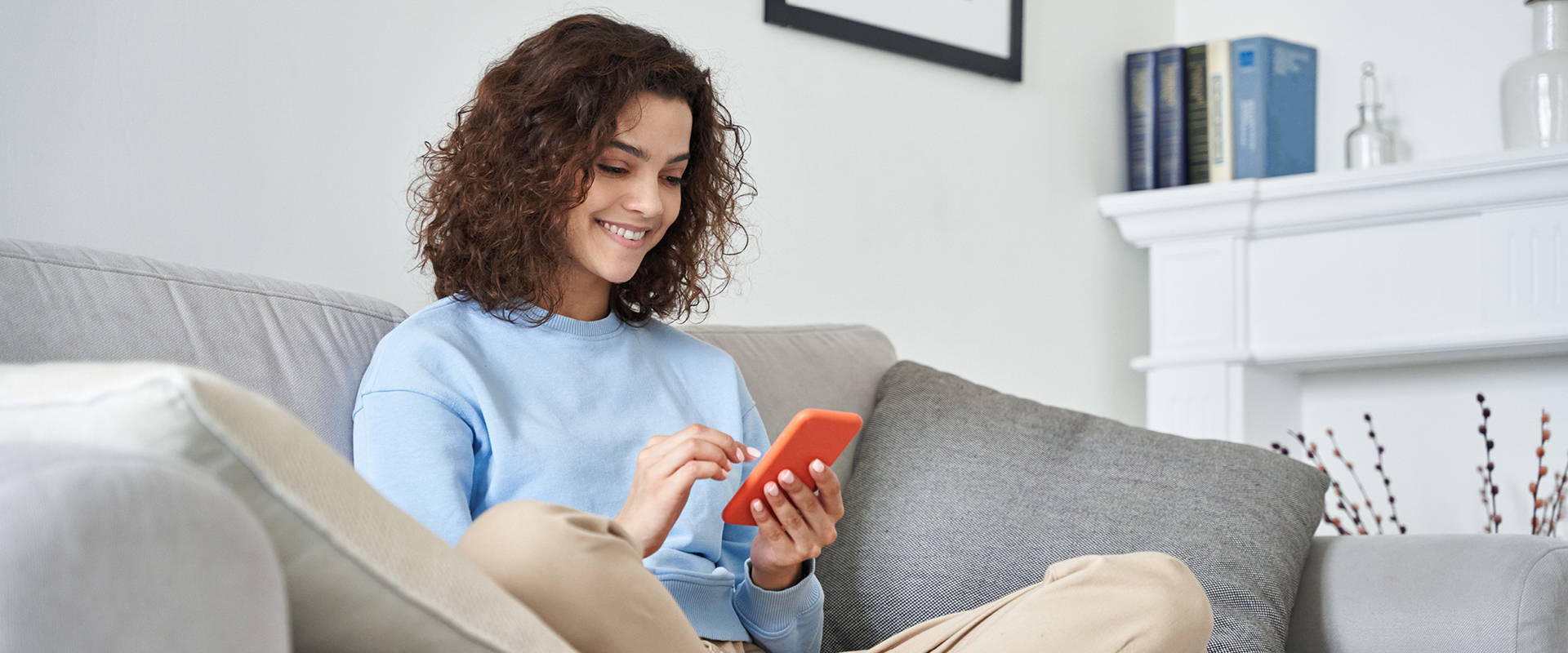Head lice is very common in children, especially once they start childcare, pre-school and school.
It’s important to note that head lice actually prefer clean hair, so if your child does have head lice, there is nothing to be embarrassed about.
Lice look like little insects without wings. They lay their eggs, called nits, near the base of the hair, close to the scalp. The nits look like little grains of sand stuck on the hair shaft. They cause itchiness and can be spread by close contact. It is important to check your children for head lice regularly and if they are evident it is important, they are treated to prevent lice spreading to others.
You only need to use a head lice treatment if you actually have head lice: using head lice preparations where lice are not evident does not prevent head lice. It can irritate the scalp and cause resistance to that preparation.
Ask your Pharmacist which is the best head lice treatment for you. There are many products available, including some natural ones which are also very effective. Remember to always use the product as per the instructions. In many cases, a second treatment is needed after 7 days.
Once a product is used, the nits will still be present and need to be removed with a fine-tooth comb. To make it easier to remove the nits, you can put olive oil through the hair or spray a mixture of vinegar and water onto the hair, then use the fine-tooth comb to remove.
Using tea-tree oil mixed with water and sprayed onto the hair daily can sometimes prevent head lice. Some people also spray a small amount of hairspray onto the hair each day, making it harder for the lice to attach themselves to the hair shaft.
Note that even after treatment, the head can still be itchy for up to a week. So if there are no lice or nits present, there is no need to worry.

